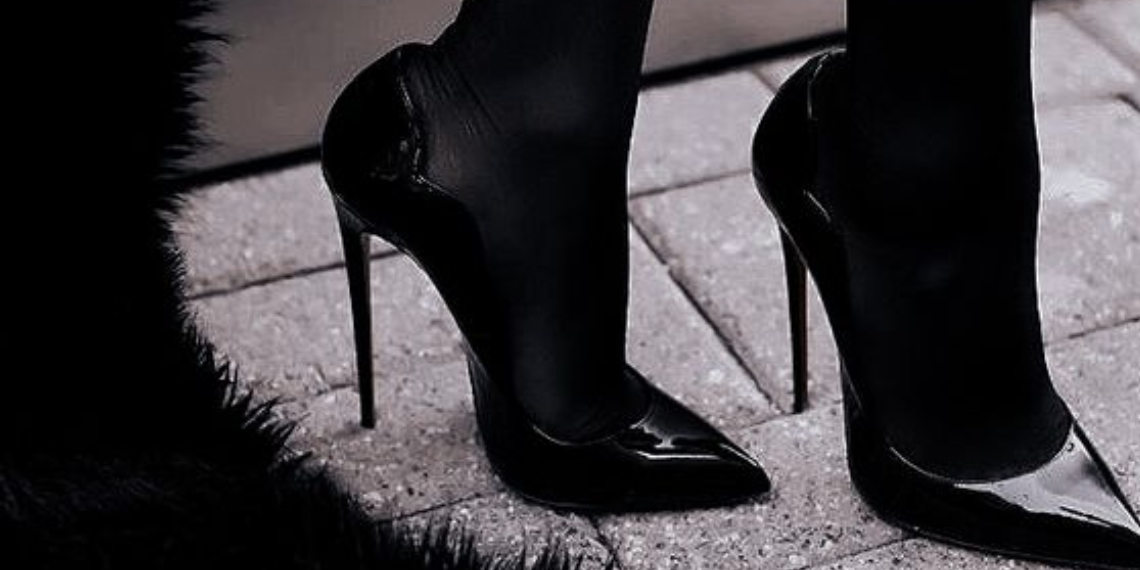Growing up, walking in heels was a nightmare for me. Every attempt to strut ended with a stumble, a trip, or an outright fall. This comedic tragedy wasn’t lost on my heel-proficient friends, who would often tease me. As a teenager, determined to not be left behind, I practiced walking in heels alone in my room with a dedication that would rival any determined athlete’s. This private tutelage came at a cost—bruises and blisters all over my feet. Eventually, I managed to walk out in heels, a personal achievement marred only by the aches and pains that awaited me upon my return home.

This struggle, while deeply personal, is not unique. It mirrors the silent battles many of us face in the name of fashion and societal expectations. Heels, with their undeniable charm of elegance and power, often come with an unspoken mandate–to wear them is to be the boss lady, the it-girl, to choose otherwise is to falter in the eyes of fashion. But at what cost? For me, it meant missing out on dances, gatherings, and lots of fun adventures—moments where the pain overshadowed the pleasure. We’ve all seen or heard about models taking tumbles on runways or women in high heels stumbling on city streets.
These incidents are not just footnotes in fashion, they’re proof of the physical toll and inherent risks of wearing heels. Such expectations not only highlight the physical challenges but also underscore a pervasive issue, the slowing down of women, quite literally, in professional and social settings.
While heels will always have their place in the world of fashion, it’s crucial to question why we wear them. Is it for ourselves, for the empowerment and confidence they can bring? Or is it to meet an expectation that, when stripped down, doesn’t hold up to our personal standards of comfort and self-expression? And do we really have to wear them?
The fashion industry heralds heels as the quintessential accessory for any formal or professional setting. However, this standard overlooks the diversity of individual comfort and the reality that style does not need to be synonymous with suffering. Thanks to streetwear trends normalising wearing sneakers with blazers and dresses, now is the right time to challenge this idea.

In advocating for a broader acceptance of diverse footwear choices, we champion not just the inclusivity of style but also the acknowledgment that comfort should not be a luxury—it should be a right. Fashion is an expression of self, and it’s time we redefine what that looks like beyond the confines of traditional footwear norms.
Wearing heels should be about personal choice, not pressure from society, dress codes, or ideas of what looks trendy or classy. Just like men are afforded the comfort and practicality of loafers, shoes, and sneakers in professional settings or fancy gatherings, women should have the same freedom to pick what’s comfortable for them without losing their sense of style or professionalism. Heels can make women feel great, but choosing to wear them should be up to each person, not something they feel they have to do. It’s really about being yourself and doing your job well, not about how tall your shoes make you.




